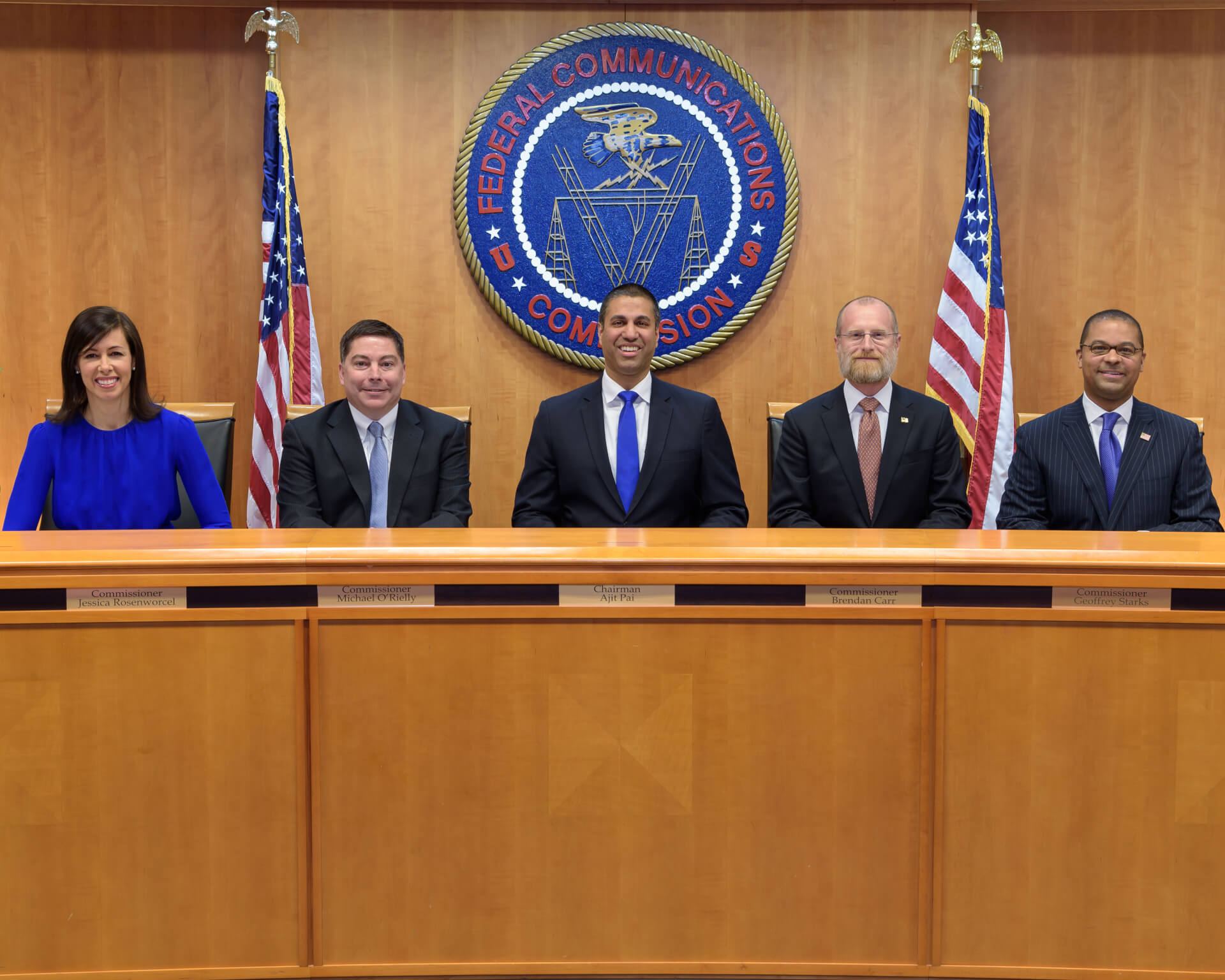Opinion: Montgomery Council Must Act Now to Protect Residents From 5G Radiation

The next generation in wireless telecommunications is just around the corner, the experts tell us, and the telecom companies that will sell us this technology promise that 5G wireless will do amazing things.
But here’s the most amazing thing of all: The Federal Communications Commission is doing everything in its power to ensure the rapid deployment of 5G transmitters in every community across the United States — but has simply refused to update their outdated, 24-year-old cell tower radiation limits, though modern evidence raises significant concerns about them. And Montgomery County recently decided not to intervene in an appeal filed by the Environmental Health Trust before the Ninth Circuit U.S. Court of Appeals, in effect allowing this roll-out to proceed without demanding an honest review by the FCC of the evidence on human health.
In November of 2018, the Montgomery County Council filed a lawsuit against the FCC, asking the court to require that the FCC respond to comments that the County had submitted in response to the FCC’s “small cell” order. The County’s comments concerned the health and safety of 5G deployment. The FCC responded to the county’s suit by issuing a brief statement refusing to reconsider its existing health standards, and without acknowledging or responding to the substantial new evidence about the human health impact of cell tower radiation. That action appeared to render moot the county’s suit, and thus rendering it likely to be dismissed, unless the county takes action to file as an intervenor to challenge the FCC’s action. Unfortunately, that now seems the likely result.
The FCC responded to the county’s suit by issuing a brief statement refusing to reconsider its existing health standards, and without acknowledging or responding to the substantial new evidence about the human health impact of cell tower radiation. That action appeared to render moot the County’s suit, and thus rendered it likely to be dismissed, unless the County files as an intervenor to challenge the FCC’s action.
Decades ago, the EPA had a robust research program designed to develop safety limits for wireless radiofrequency (RF) radiation. However, in 1996, the EPA’s safety standards program was defunded, and the FCC adopted minimal wireless radiation limits that only protected people from overheating and burns.
But substantial additional evidence has accumulated in 24 years. There is a plethora of scientific research – literally thousands of scientific articles in peer-reviewed journals, and a vast research by respected scientists and institutions – on the human health implications of cell phones and towers, and their wireless signals.
As an appeal to the World Health Organization signed by hundreds of scientists around the world explains, this research has found evidence of “brain, heart, and other cancers, cellular stress, genetic damage, structural and functional changes in human reproductive systems, learning and memory deficits, and neurological disorders” attributable to cell phones and wireless signals. Scientists have published evidence that RF radiation is a human carcinogen. A Harvard report compared the industry’s behavior to that of the tobacco industry as the dangers of cigarettes became known, and described the FCC as a “captured” agency.
And this body of research was performed on earlier versions of wireless signals, before the fifth generation of wireless technology (“5G”) ever came along. Scientists state that the effects of the latest 5G technology may be even worse, because research shows that installing many small cells close to residences increases the radiation to which residents are exposed. Because 5G has not yet been widely implemented, the available scientific evidence has focused on earlier generations of wireless signals, so that 5G has simply not been examined for its human health impact. The FCC proposes to move forward with 5G without actual research on its health and safety. In light of the scientific evidence, it is hard to imagine that the FCC’s old 1996 standard could be regarded as safe today.
Some of the new 5G technology requires shorter antennas and cell towers, which the industry calls “small cells,” to be placed in neighborhoods across the country. Millions of transmitters are to be placed in residential neighborhoods. Some of the wireless carriers have argued these cell antennas must be placed at distances between 30 and 60 feet from homes, which is what Montgomery County’s current proposed Zoning Text Amendment would allow, though some senior industry officials have acknowledged that they are designed to be placed 2000 feet from homes and still work effectively.
As the governing authority for Montgomery County, the County Council has a responsibility to protect the health of its citizens. With the County Council’s decision not to intervene, it is now possible that the appeal will be dismissed, letting the FCC off the hook and allowing telecoms to proceed with deployment of small cells across the country. That would mean in effect a vast and unprecedented experiment on human health, without any attempt by the critical federal agency to examine the evidence that now exists as to whether this new and untried technology may actually injure the very people it claims to serve.
The original Montgomery County lawsuit was brought because the County Council wanted to be sure its citizens would not be harmed by this new technology. That goal now seems to be abandoned. The current Council would then allow full-scale deployment of this new technology, and would take the FCC’s assurances at face value. It would constitute an unwillingness to subject the modern evidence to a fair and dispassionate examination.
The telecom companies, on the other hand, may have achieved the goal they have sought all along: the immediate deployment of small-cell transmitters across the County, regardless of evidence that the radiation from those transmissions may injure residents.
The new scientific evidence should be examined fairly, honestly, and carefully by policymakers before proceeding with this vast experiment. In the meantime, there is still one thing we can do. Residents of Montgomery County should contact members of the Council and urge them to reject the proposed Zoning Text Amendment 19-07, that would allow these small cells to be placed dangerously close to the homes of Montgomery County residents. Citizens of Montgomery County should urge the Council to reject this ill-considered measure.
— PETER KAHN
The writer is a lawyer and an activist with the group www.MoCoSafeG.org.




 Creative Commons Attribution
Creative Commons Attribution